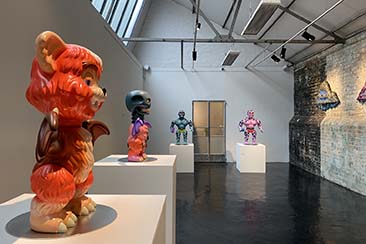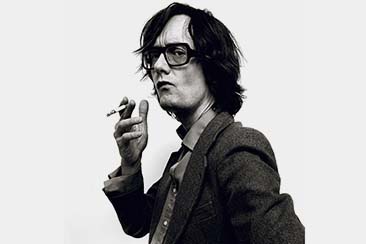You’ve probably never given the humble scrapbook much thought – unless you keep one yourself – so you might not know that they merit an important place in the modern literary canon. Sceptical? Paperwork: A Brief History of Artists’ Scrapbooks at the Institute of Contemporary Arts, London, has the inside story on these seemingly commonplace but deceptively interesting books.
A “commonplace” was what scrapbooks were called when they came into fashion in the mid-17th Century. Back then the word was synonymous with a general truism or proverb, which is what the literate class of post-Renaissance Europe scribbled down within their pages, along with selected lines of Bible scripture, recipes, formulas and poems; the likes of John Milton kept a commonplace. The books evolved to include glued-in keepsakes and mementos and began to resemble what we think of as a scrapbook today, but they are not exclusively reminders of the past. In many instances artists have used them as places to store current ideas for later development, such as William Burroughs, and some, for example Isa Genzken’s I Love New York, Crazy City, stand alone as works of art in themselves. Read all about it at the ICA until 11 May.
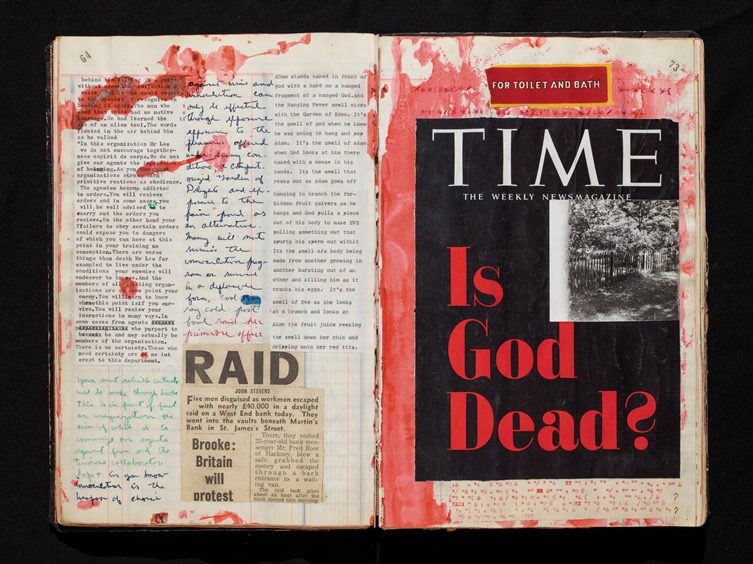
William S. Burroughs & Bryon Gynsin
Untitled (scrapbook 3)
1976 – 77
13.25 – 8.75 inches
Image Courtesy Andrew Roth
and PPP Editions
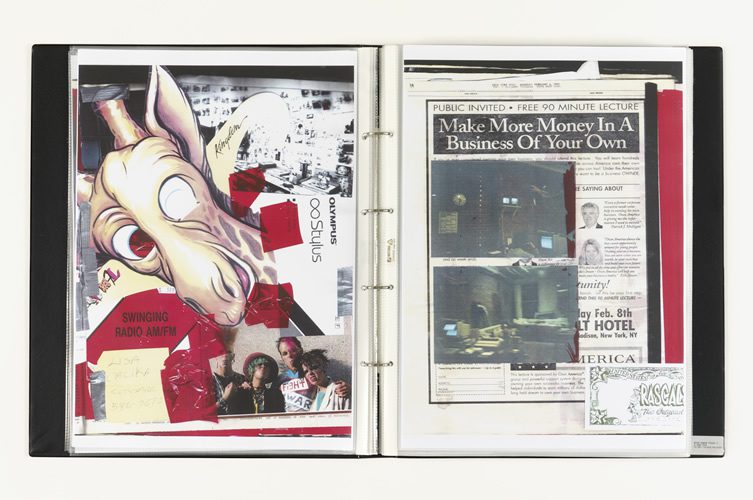
Isa Genzken
I Love New York City, Crazy City
1995 – 96
15.25 x 11.75 inches
Image Courtesy Andrew Roth
and PPP Editions
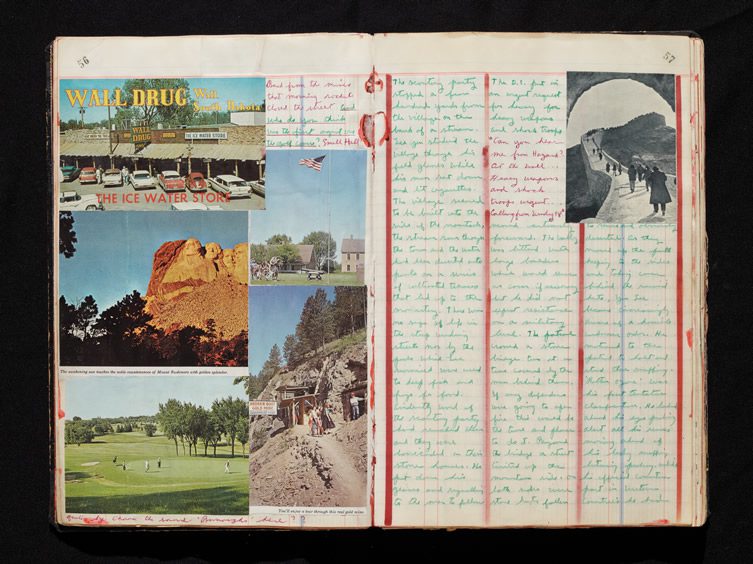
William S. Burroughs & Bryon Gynsin
Untitled (scrapbook 3)
1976 – 77
13.25 – 8.75 inches
Image Courtesy Andrew Roth
and PPP Editions
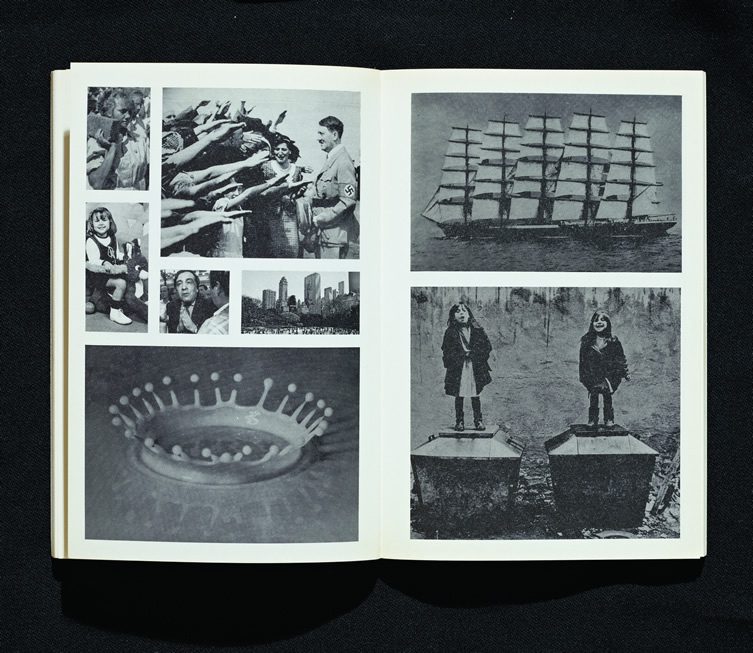
Hans-Peter Feldmann
Voyeur
1994 -2011
6.5 x 4.38 inches
Image Courtesy Andrew Roth
and PPP Editions
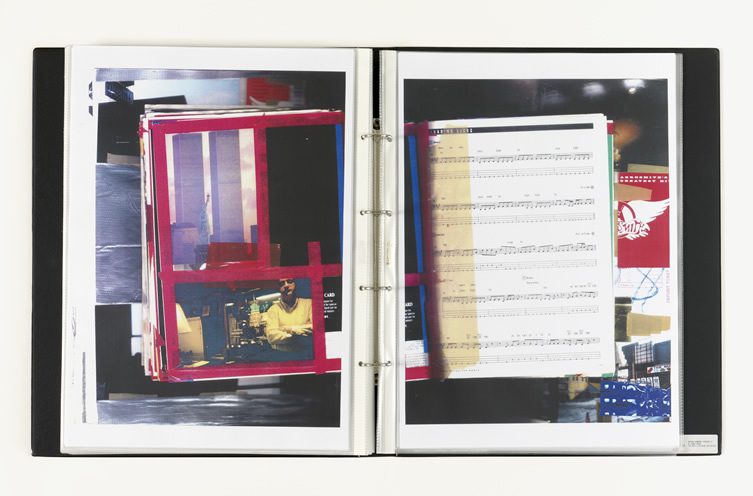
Isa Genzken
I Love New York City, Crazy City
1995 – 96
15.25 x 11.75 inches
Image Courtesy Andrew Roth
and PPP Editions
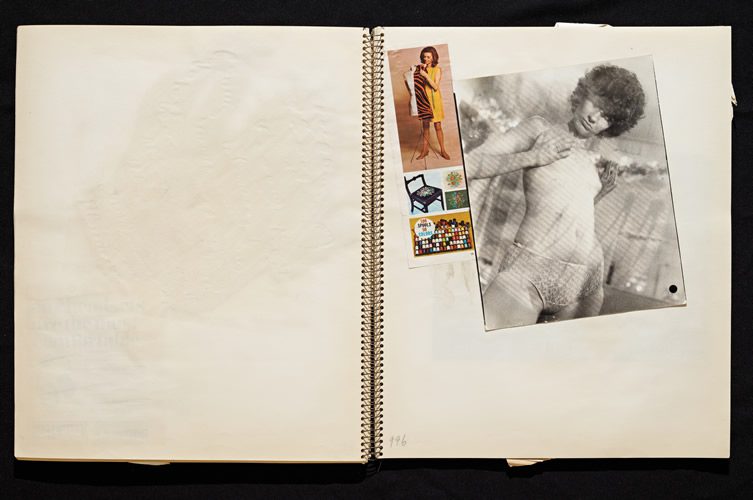
Al Hansen
Book 13
1973
17 x 14 inches
Image Courtesy Andrew Roth
and PPP Editions
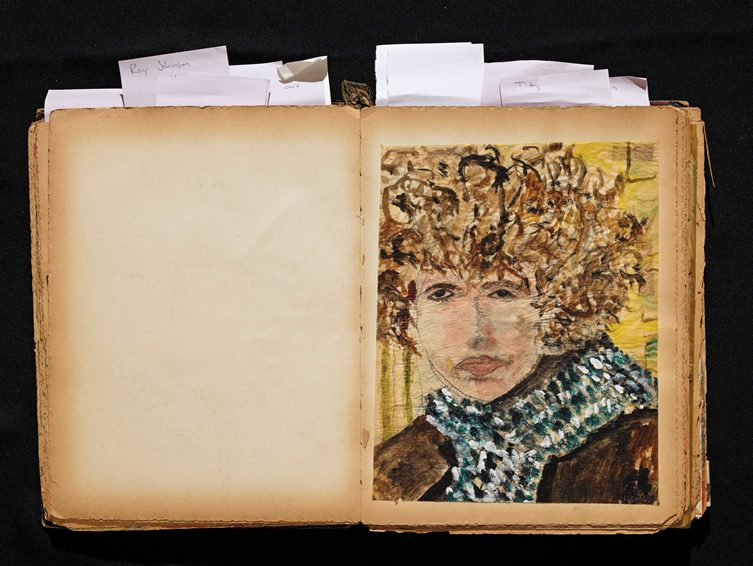
Brigid Berlin
Our Guests
1968-72
11.75 x 8.75 inches
Image Courtesy Andrew Roth
and PPP Editions



